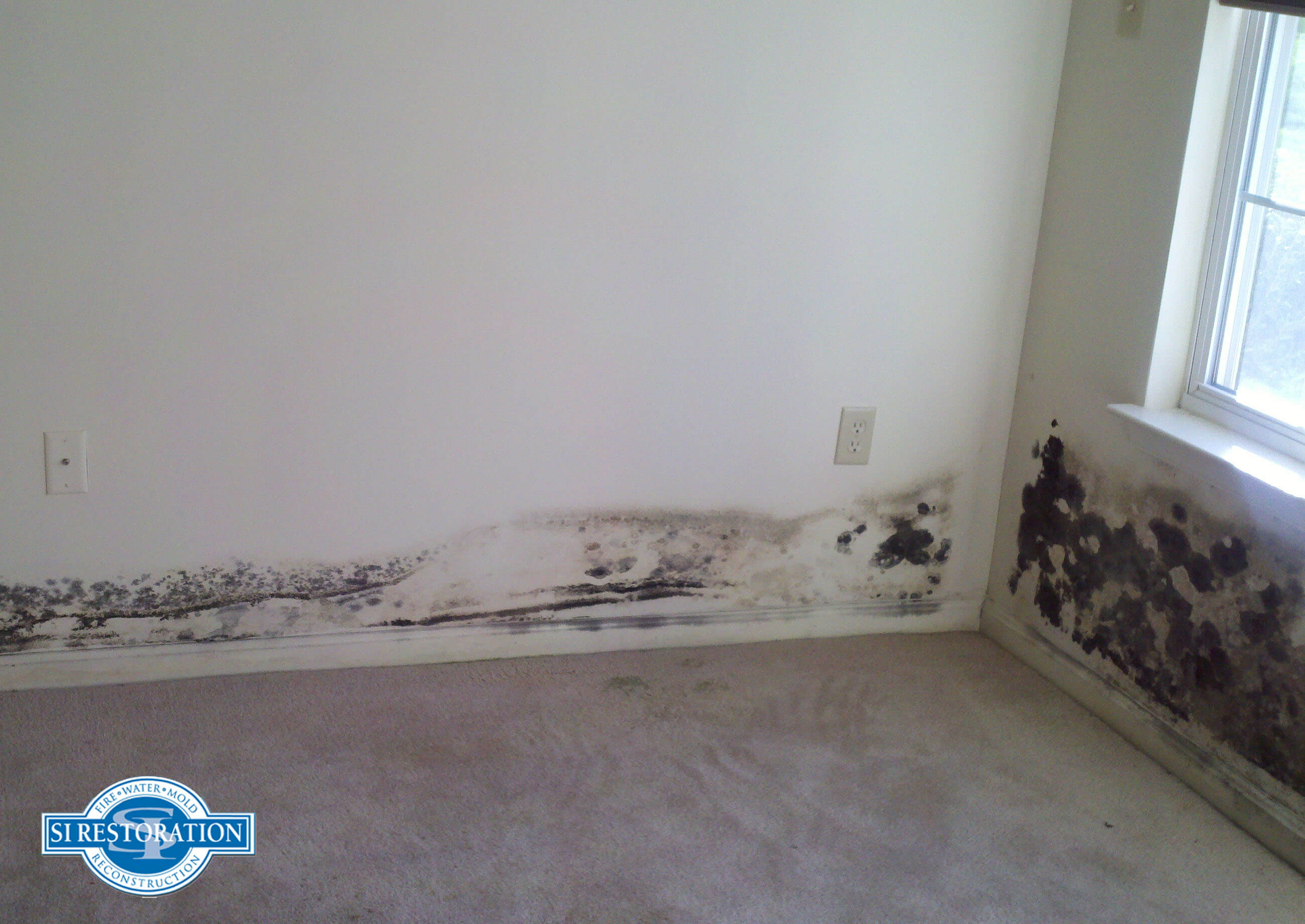Sheet Rock Mold Remediation Company

Mold is potentially toxic organic matter that is ever-present both outdoors and indoors. However, when mold spore counts inside exceed levels that exist in their outdoor counterparts, mold remediation is likely needed. Mold remediation and removal is a process that should be trusted to highly-trained, certified professionals. With over twenty years of experience in residential and commercial mold mitigation and removal, SI Restoration has the experience and expertise to completely eradicate mold from a home or business. One of the most frequently asked mold questions is, How does mold grow? Mold thrives on porous, organic materials like sheetrock and drywall. Mold on sheetrock can cause severe infestation in damp, dark, humid areas of a home or business. While it is possible for the toxic fungus to grow on non-porous items as well, mold on sheetrock, carpeting, padding, wood, and fabrics are more likely. Porous Items A porous organic material in a home or business is any non-synthetic material containing pores, or voids, in its surface. Some examples of porous items in a residential or commercial property are:
- Carpet
- Padding
- Wood
- Sheetrock/Drywall
- Furniture
- Fabrics/Upholstery
When toxic fungus begins to colonize on porous materials, like mold on sheetrock, colonies can fester and multiply in excessive amounts causing ruination of all items in the affected area as well as mold sickness in the inhabitants of the property. Sickness due to the toxic fungus is the worst mold news a family or business owner can get. Mold on sheetrock can cause symptoms like congestion, skin irritation, eye irritation, respiratory issues, and even high fever. Non-porous Items A non-porous material in a residential or commercial property is any material, synthetic or not, that is devoid of pores, or holes, on its superficial or immediate surface. Non-porous items are usually not permeable by water, therefore making them less-likely to harbor toxic mold spores. Examples of non-porous materials found in homes and businesses are:
- Glass
- Metal
- Plastics
Semi-porous items may allow some water to pass through, but not in excessive amounts. Concrete and plaster are in this category. Mold on sheetrock and be avoided if affected areas are treated immediately. Even in severe water damage cases, sheetrock that is treated within 48 hours of saturation can be salvaged from mold infestation. Drying an affected area with commercial grade dehumidifiers, as well ask using negative air filtration machines, can salvage sheetrock not directly affected. Any contaminated sheetrock must be removed and disposed of in 6-milimeter polyurethane bags and removed from the property by a certified mold remediation professional.
SI Restoration water damage clean up services are available in the following Maryland areas :
Towson
Pikesville
Catonsville
Bel Air
Baltimore City
Baltimore County
Dundalk
Essex
Laurel
Parkton
Westminister